Transportation Planner: Daily Helper - Transportation Planning Assistance
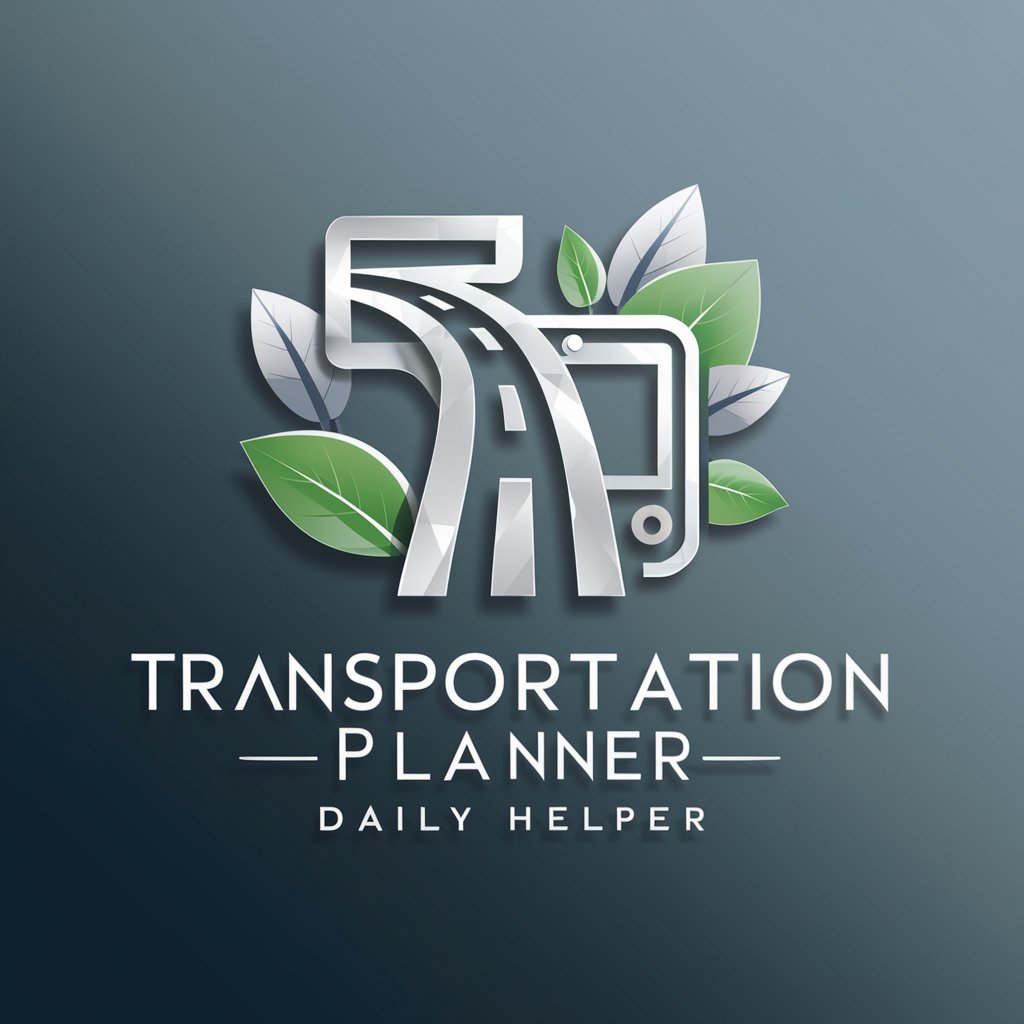
Welcome! How can I assist with your transportation planning today?
Optimizing Routes with AI Power
Analyze the traffic flow data for the downtown area and suggest improvements.
Create a model to predict the impact of new bike lanes on city traffic.
Evaluate the environmental impact of expanding the highway and suggest mitigation strategies.
Research the latest innovations in public transportation technology and provide a summary.
Get Embed Code
Overview of Transportation Planner: Daily Helper
Transportation Planner: Daily Helper is a specialized tool designed to assist professionals in the field of transportation planning. Its core purpose is to support the planning, analysis, and optimization of transportation systems, ensuring they are efficient, sustainable, and meet the needs of the public. This tool aids in data analysis, project support, modeling and simulations, and offers strategies for network optimization, environmental considerations, public engagement, compliance with regulations, budget management, technology updates, risk management, and professional development. For example, it can help in analyzing traffic flow data to recommend improvements for reducing congestion, or assist in evaluating the environmental impact of a new public transport project, ensuring eco-friendly and cost-effective solutions. Powered by ChatGPT-4o。

Core Functions and Real-World Applications
Data Analysis
Example
Analyzing traffic flow on urban road networks to identify congestion hotspots.
Scenario
A city planning department uses the tool to collect and analyze GPS and sensor data from city roads, identifying areas with high congestion during peak hours. This analysis helps in planning targeted interventions, such as traffic signal adjustments or the introduction of dedicated bus lanes.
Project Support
Example
Preparation of feasibility studies for new bicycle lane projects.
Scenario
A local government considering the addition of new bicycle lanes utilizes the tool to assess the potential impact on traffic flow, safety, and accessibility. The tool provides data-driven insights, helping to determine the most beneficial routes and designs for the bicycle lanes.
Modeling and Simulations
Example
Simulating the impact of a new public transport route on existing traffic patterns.
Scenario
Transportation planners use the tool to create models simulating the introduction of a new bus route. The simulation predicts changes in traffic congestion, public transport usage, and travel times, aiding in route planning and scheduling.
Optimization Strategies
Example
Developing strategies to reduce traffic congestion through improved road network designs.
Scenario
The tool is used to analyze various road network configurations and traffic management strategies, identifying solutions that minimize congestion, reduce travel times, and improve overall traffic flow.
Environmental Considerations
Example
Assessing the carbon footprint of proposed transportation projects.
Scenario
Planners utilize the tool to estimate the environmental impact of proposed transportation initiatives, such as new highways or public transport systems. This aids in making informed decisions that align with sustainability goals.
Target User Groups
City and Regional Transportation Planners
Professionals involved in planning and managing urban and regional transportation systems. They benefit from the tool's capabilities in data analysis, project evaluation, and simulation, aiding in the design of more efficient and sustainable transportation networks.
Civil Engineers and Infrastructure Developers
These users leverage the tool for project support, optimization strategies, and environmental impact assessments, ensuring that infrastructure projects are not only effective but also environmentally responsible and compliant with regulations.
Public Transportation Authorities
Agencies responsible for operating and managing public transit systems use the tool to optimize routes, schedules, and fleet management, enhancing service quality and operational efficiency.
Environmental Consultants
Specialists in assessing and mitigating the environmental impacts of transportation projects. The tool's features for environmental consideration support their efforts in ensuring projects meet sustainability standards.
Academic Researchers and Students
Individuals in academia studying transportation, urban planning, or environmental science benefit from the tool's modeling and simulation capabilities for research and educational purposes.

How to Use Transportation Planner: Daily Helper
Start Your Free Trial
Begin by visiting yeschat.ai to access a free trial of Transportation Planner: Daily Helper without the need for signing up or subscribing to ChatGPT Plus.
Define Your Objective
Clearly identify your transportation planning needs, whether it's data analysis, project support, modeling and simulations, or environmental considerations.
Interact with the Tool
Use the chat interface to input your specific transportation planning queries or scenarios, providing as much detail as possible to ensure accurate and relevant responses.
Utilize Advanced Features
Explore the tool's capabilities such as generating models, analyzing traffic flow, and evaluating environmental impacts to support your planning objectives.
Apply Insights
Implement the insights and recommendations provided by Transportation Planner: Daily Helper into your projects to optimize transportation networks and achieve sustainability goals.
Try other advanced and practical GPTs
Transportation Operations Manager's Helper
Streamlining Transportation with AI
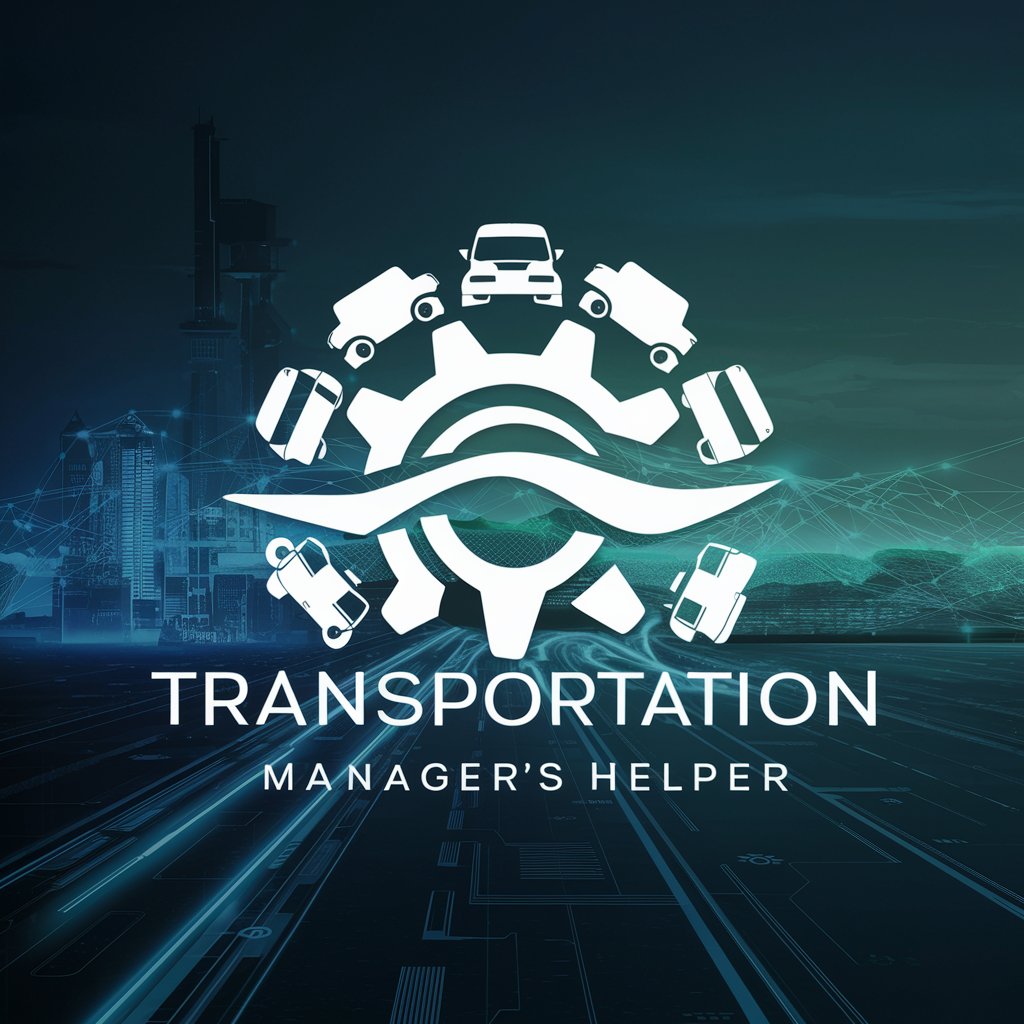
Electrical Transformer Technician's Daily Helper
AI-Powered Transformer Maintenance Expert

Training and Development Specialist Helper
Enhancing skills through AI-powered guidance

Training and Development Assistant
Empowering training with AI assistance

Tour Guide and Escort Helper
AI-powered tour planning and guidance
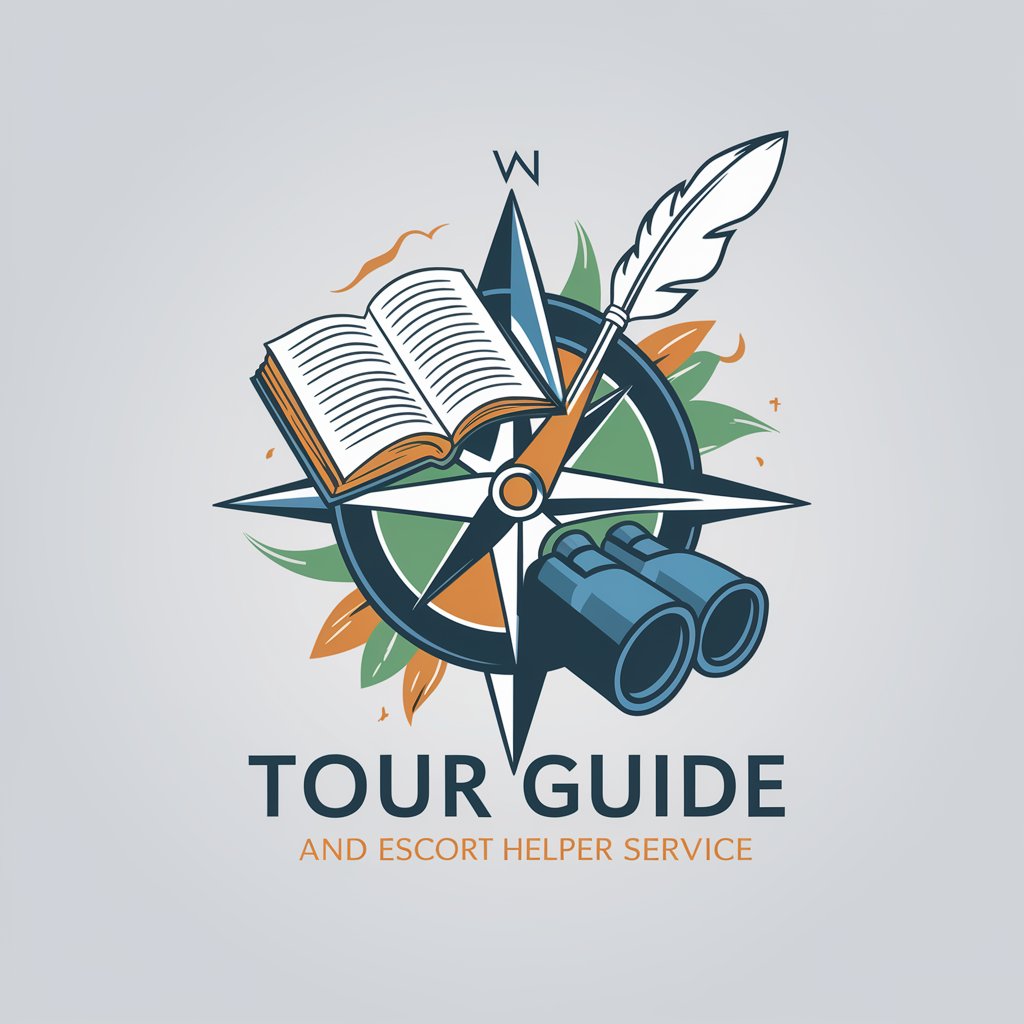
Tool and Die Maker Assistant
Empowering Precision in Tool and Die Making with AI

Travel Agent Assistant
Your AI-Powered Travel Companion

Travel Clerks Helper
Empowering your journey with AI

The Travel Guides Assistant
Navigate the World with AI-Powered Precision
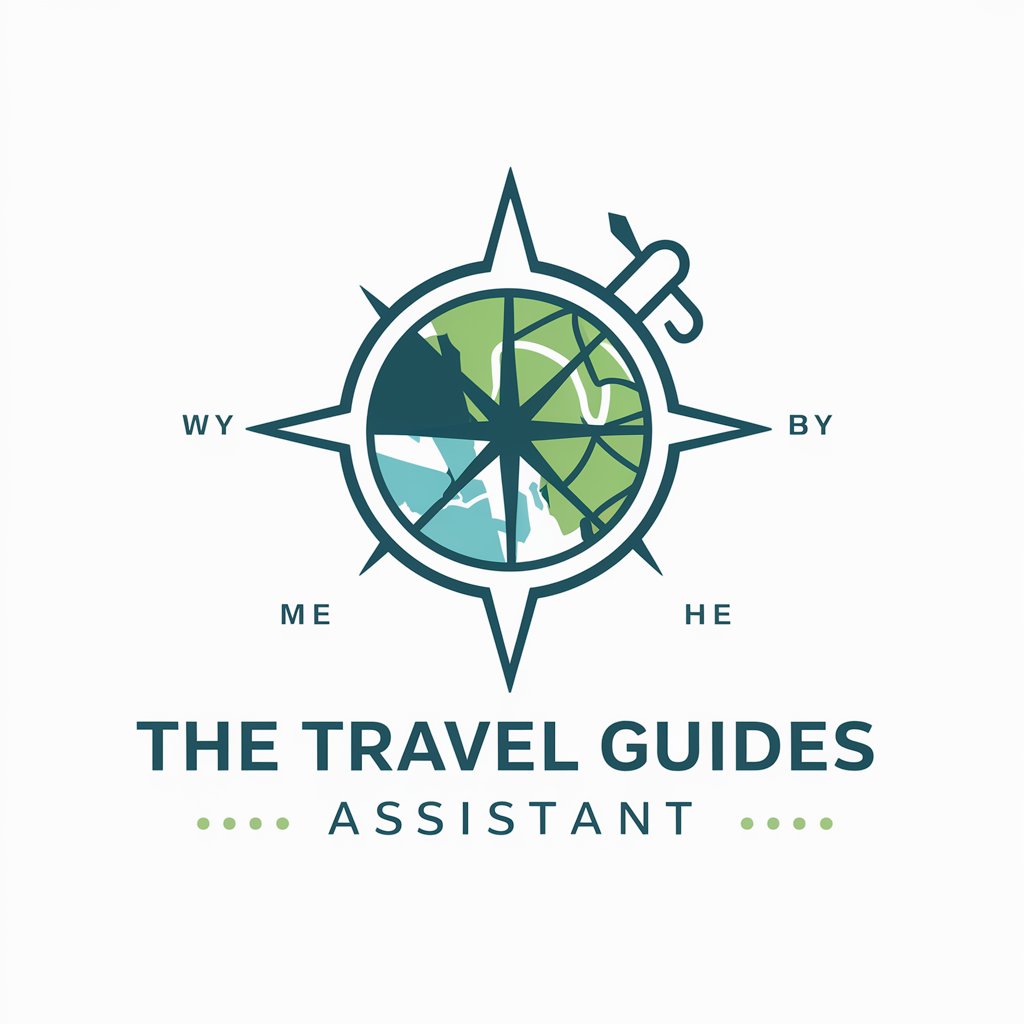
Tutoring Pro
Empower Your Learning with AI

Upholsterer's Assistant: Daily Helper
Empowering upholstery creativity with AI.

PlannerBot: Urban Planning Assistant
Empowering urban planning with AI-driven insights.
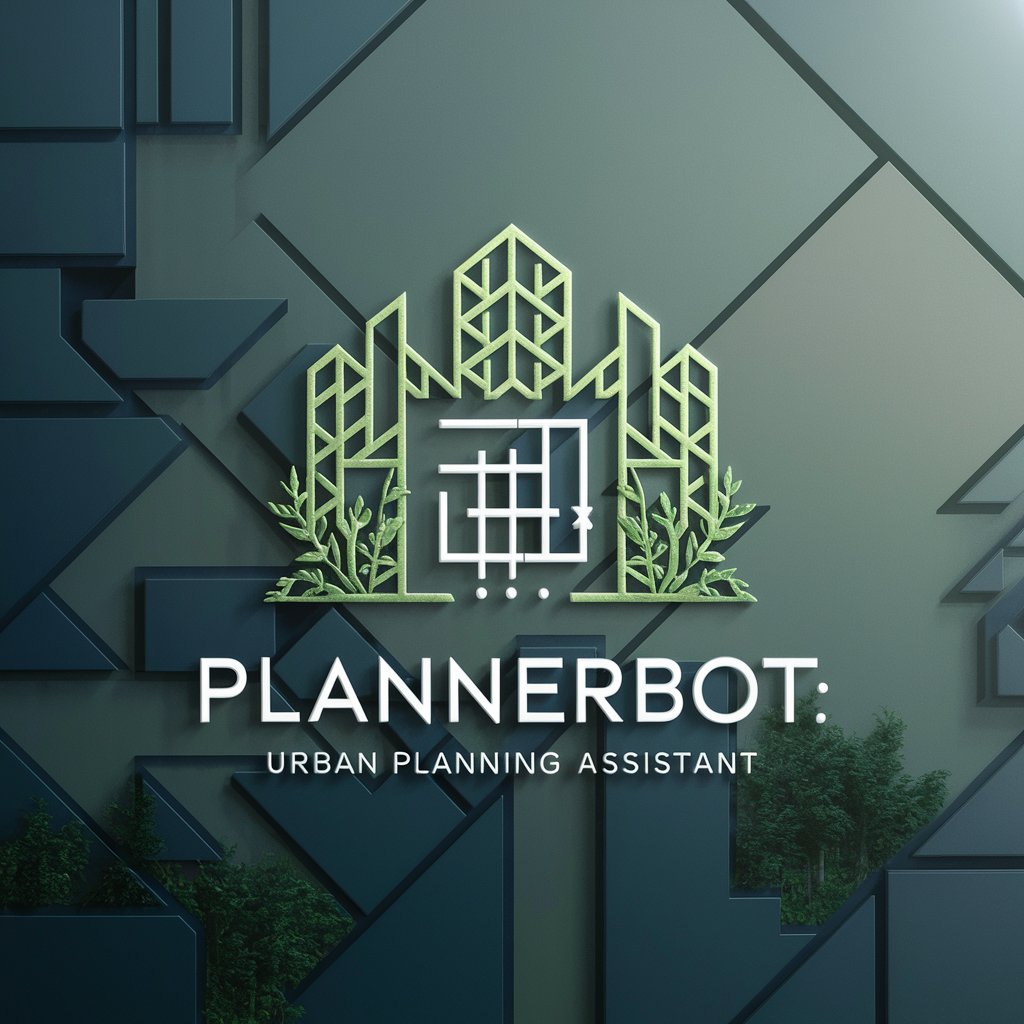
Transportation Planner: Daily Helper Q&A
How can Transportation Planner: Daily Helper assist in traffic flow analysis?
This tool aids in collecting and analyzing data on traffic patterns, congestion points, and vehicle types. It provides insights on optimizing traffic flow and suggests infrastructure improvements to alleviate congestion.
Can it help in public engagement for transportation projects?
Yes, it supports public and stakeholder engagement by offering strategies for effective communication, facilitating feedback collection, and integrating public concerns into planning processes.
What kind of environmental considerations does the tool provide?
It assesses the environmental impact of transportation projects, recommends eco-friendly transportation options, and suggests strategies to minimize carbon footprint and pollution.
How does the tool keep planners informed about transportation technology innovations?
It offers updates on the latest in transportation technology, including intelligent transportation systems, electric vehicles, and smart infrastructure, helping planners incorporate these innovations into their projects.
Is it capable of project budget management?
Yes, Transportation Planner: Daily Helper assists in managing project budgets by providing cost-effective planning solutions, estimating financial resources needed, and suggesting ways to maximize budget efficiency.
